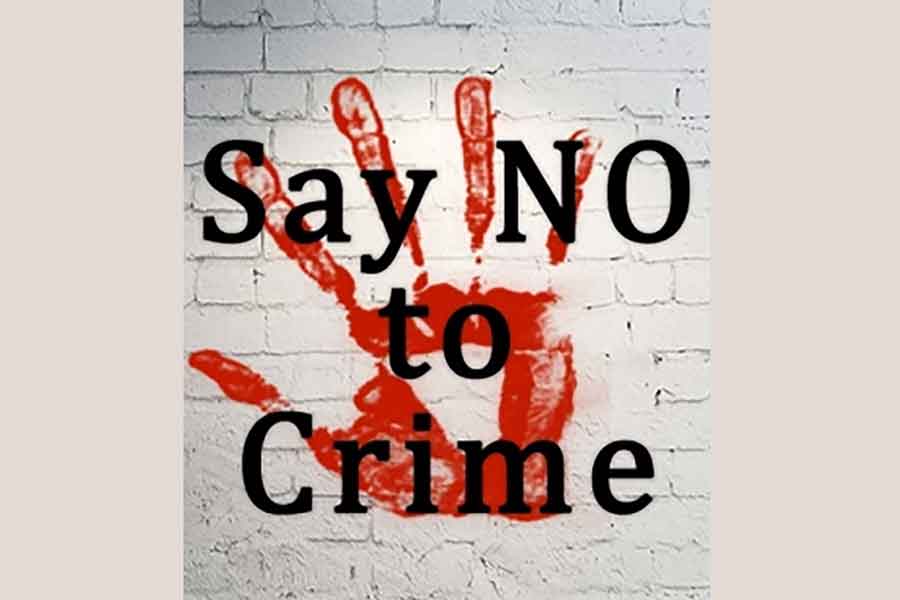
Published :
Updated :

A heroic scene was enacted in the capital's Wari area on last Sunday when collective action of local people saved a boy's life and led to the apprehension of two members of a teen gang. It happened in the rush evening hour when a 17-year-old boy found himself surrounded by a group of teenagers who began assaulting him with machetes. At one stage, the attackers picked up a brick and tried to hit him on the head, which was chillingly similar to the gruesome murder at Mitford area just a few days back.
At that critical moment, the public could no longer remain passive. Driven by a sense of duty and community spirit, local people bravely confronted the gang, undeterred by the fact that the attackers were armed. Their courage and unity not only saved a life but also served as a powerful example of what collective resistance can achieve, especially at a time when crimes like mugging and extortion are becoming increasingly common.
In spite of a growing clomour over the country's deteriorating law and order situation, there is no sign of improvement. Nor is police action very effective. And it is not possible for the police to patrol all the streets at all times. Nor the police can be expected to do so in the normal course of things. Therefore, minimising the incidence of crime should be everyone's responsibility.
Consider two recent incidents - one in the Wari and the other in Mitford - occurring just days apart. The incident in Wari is a story of courage and heroism, while the tragedy in Mitford stands as a stark reminder of our collective failure. The brutal, broad-daylight murder of Sohag, a small trader in the Mitford area, shocked the nation. The act itself was savage, but perhaps even more disturbing was the inaction of bystanders, many of whom chose to record the incident on their phones instead of coming forward to save the victim. The tragedy might have been averted if the onlookers had shown the courage to intervene.
Crimes should be resisted from within society, since a crime harms not only its individual victim but the entire society. Often it is found that a victim of robbery or attack screams and cries out for help but no one rushes to his rescue. When a person is attacked or robbed in public and no one comes to their aid, it not only endangers the victim but erodes the social fabric. It's understandable that individuals fear for their own safety, but such inaction only emboldens criminals further.
The residents of Wari, in standing up to the attackers, have set an inspiring example. When communities unite, crime prevention becomes a lot easier. Given the alarming rise in extortion and rent-seeking, the residents in every locality should consider forming local committees to resist criminals and ransom seekers. A similar community-led resistance against robbery was seen following the August 5 unrest in 2024, when citizens took to the streets in the middle of the night to guard against robbers.
Another pressing issue is the harassment of young girls on their way to and from educational institutions. In many cases, individuals who spoke out against such harassment were themselves attacked - and in some tragic instances, even killed. These incidents underline the need for community-wide action. If a whole community acted together, the hoodlums could be easily dealt with.
This is not to suggest that local resistance should replace the responsibilities of law enforcement. On the contrary, crime control becomes far more effective when mutual trust and cooperation exist between the police and the public. Unfortunately, that trust has long been missing. There are numerous recent instances where common residents have nabbed and overpowered the criminals, but then they take the law into their hands and lynch the criminal instead of handing them over to the police. This shows the danger of public distrust in law enforcement agencies.
aktuhin.fexpress@gmail.com


 For all latest news, follow The Financial Express Google News channel.
For all latest news, follow The Financial Express Google News channel.